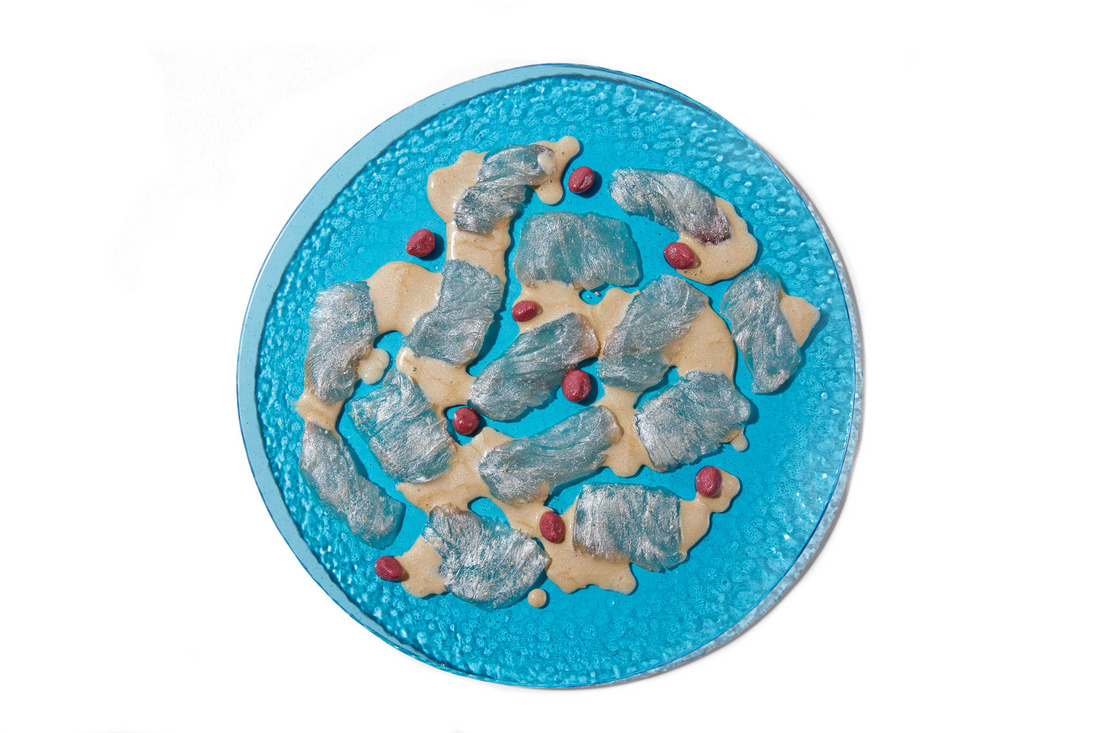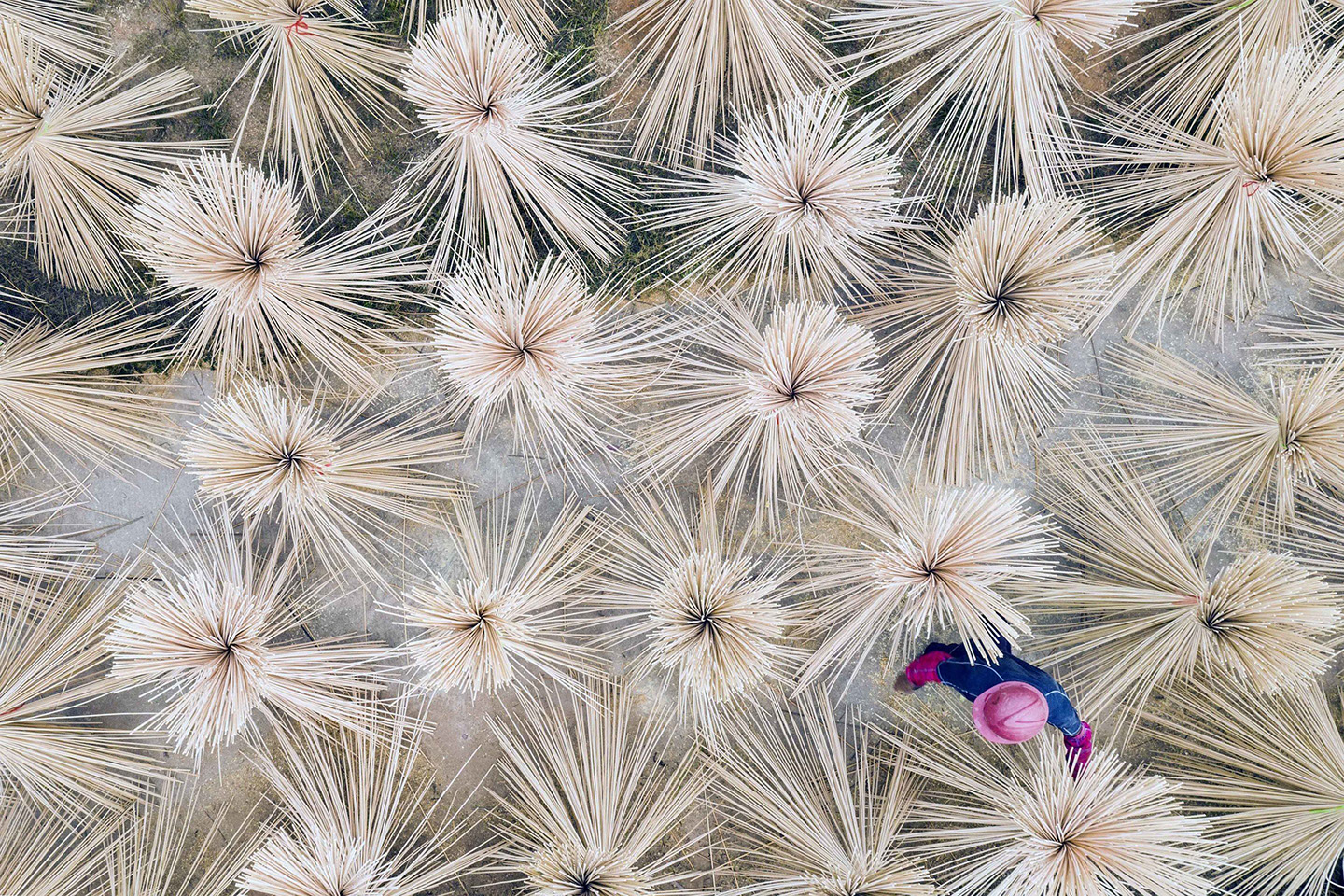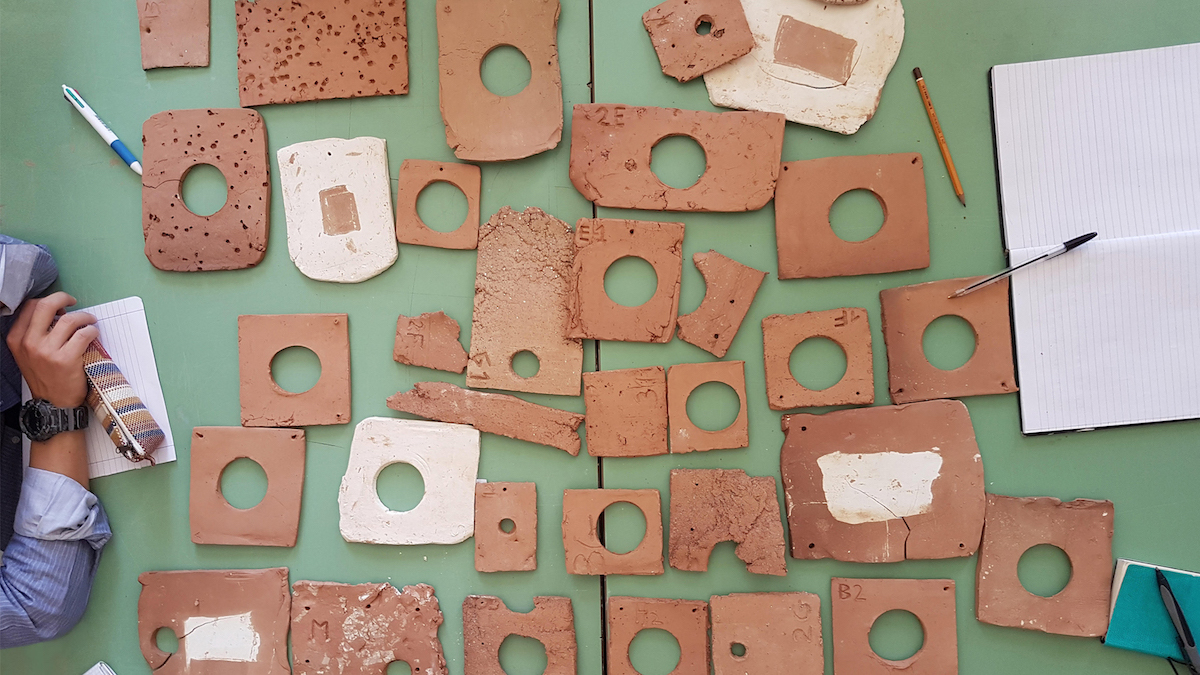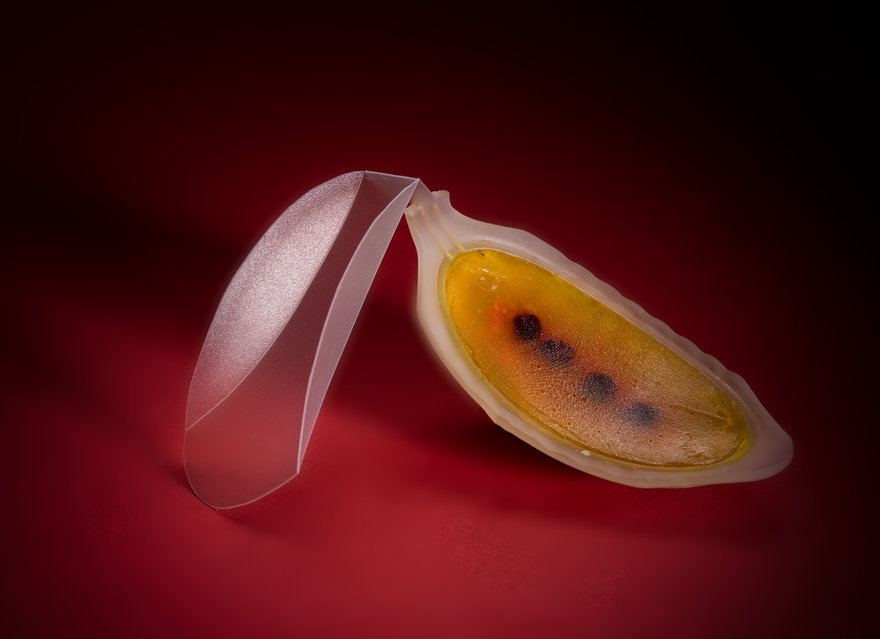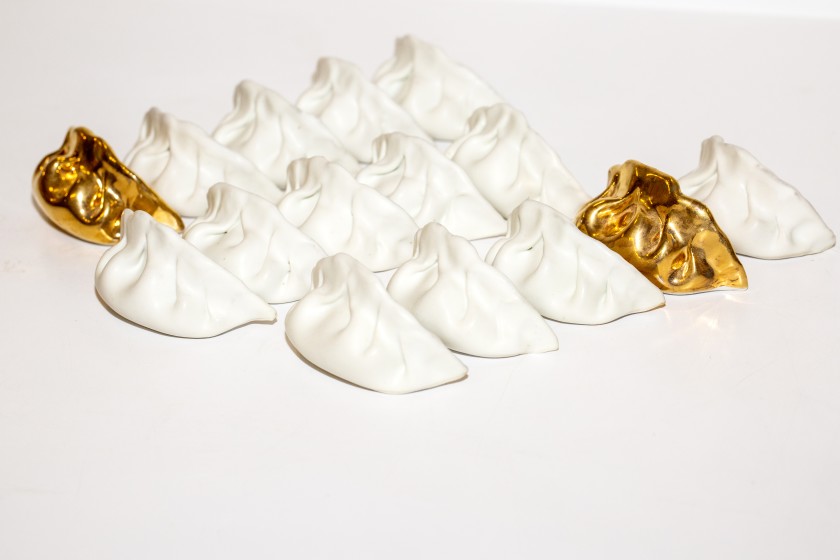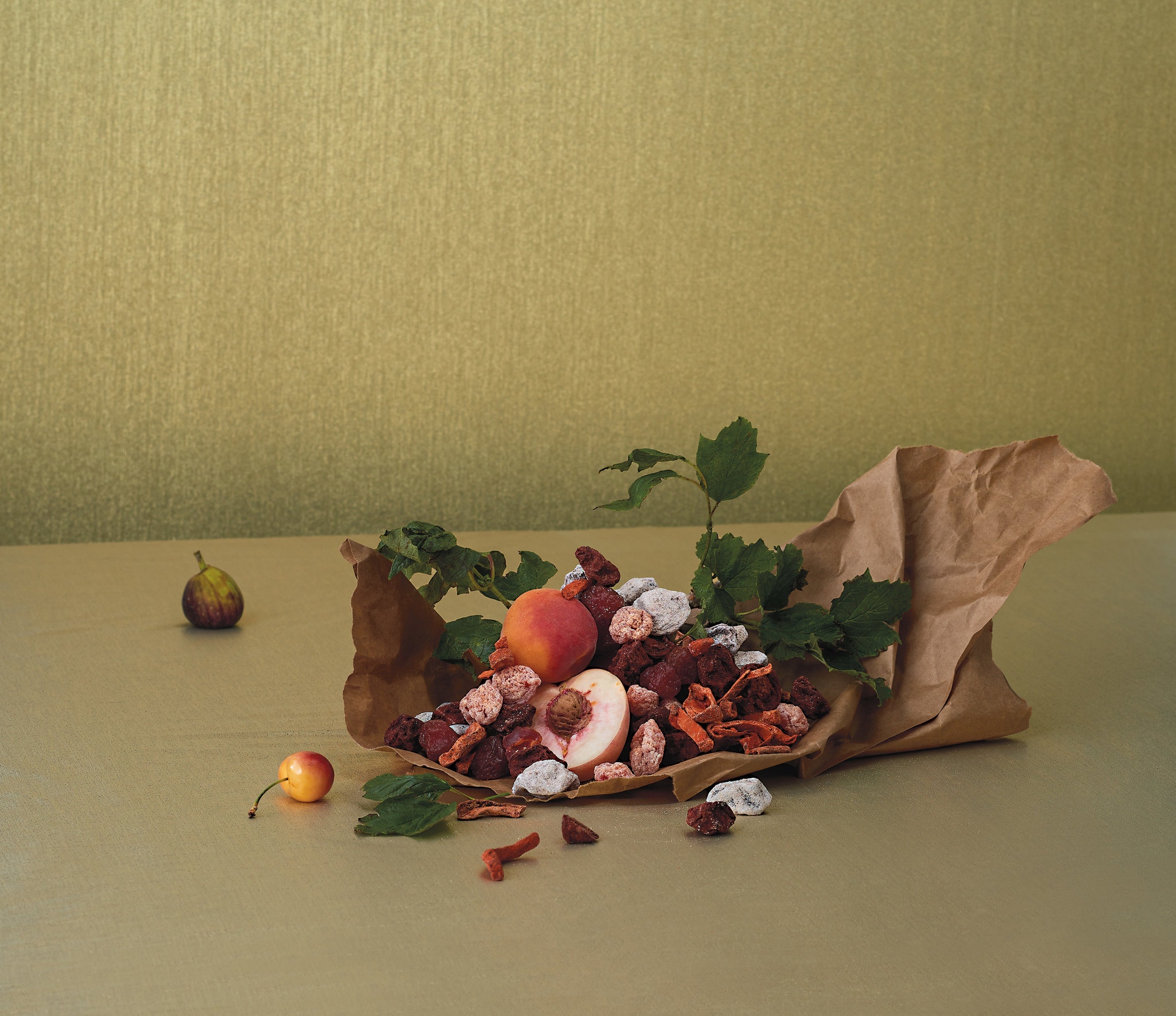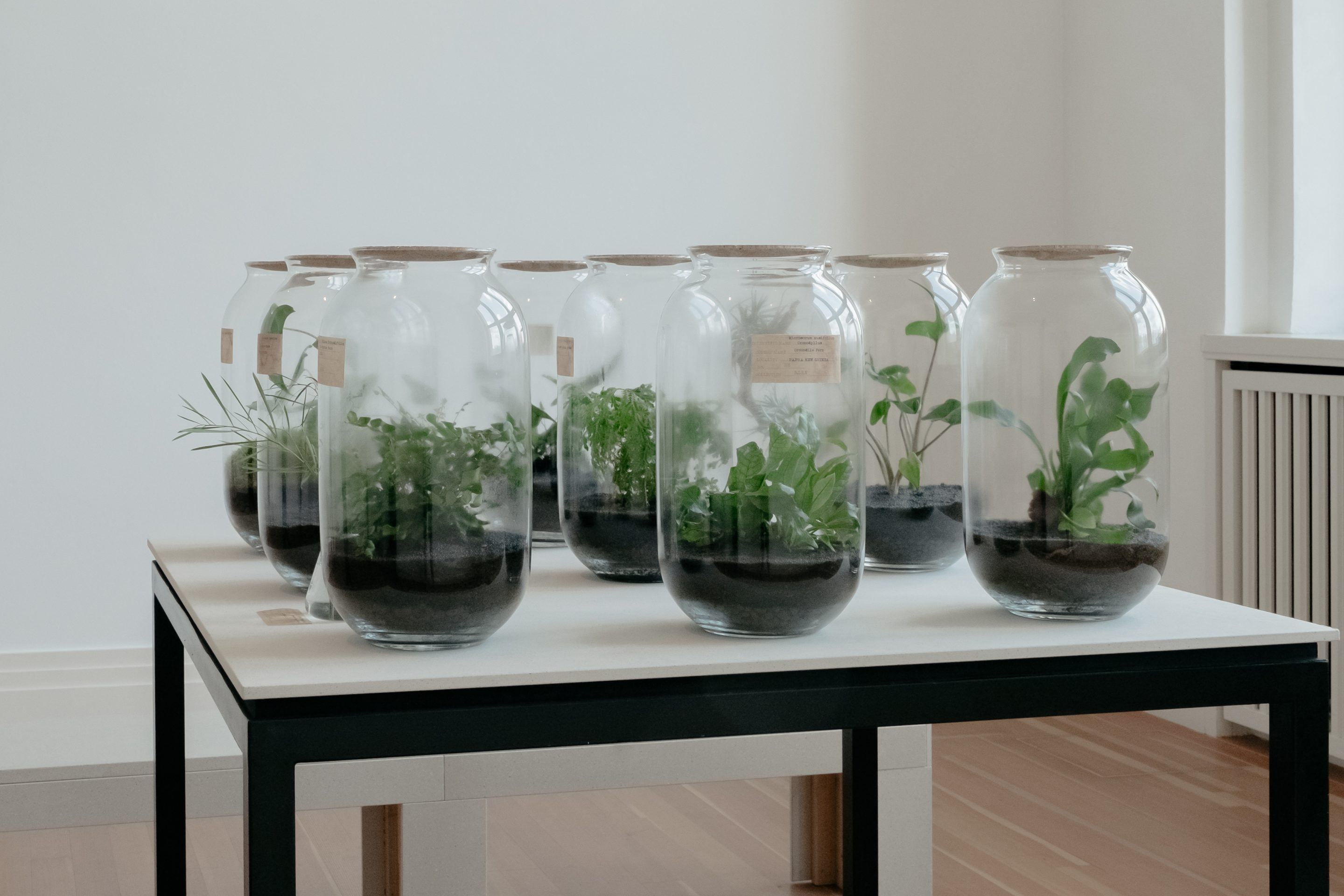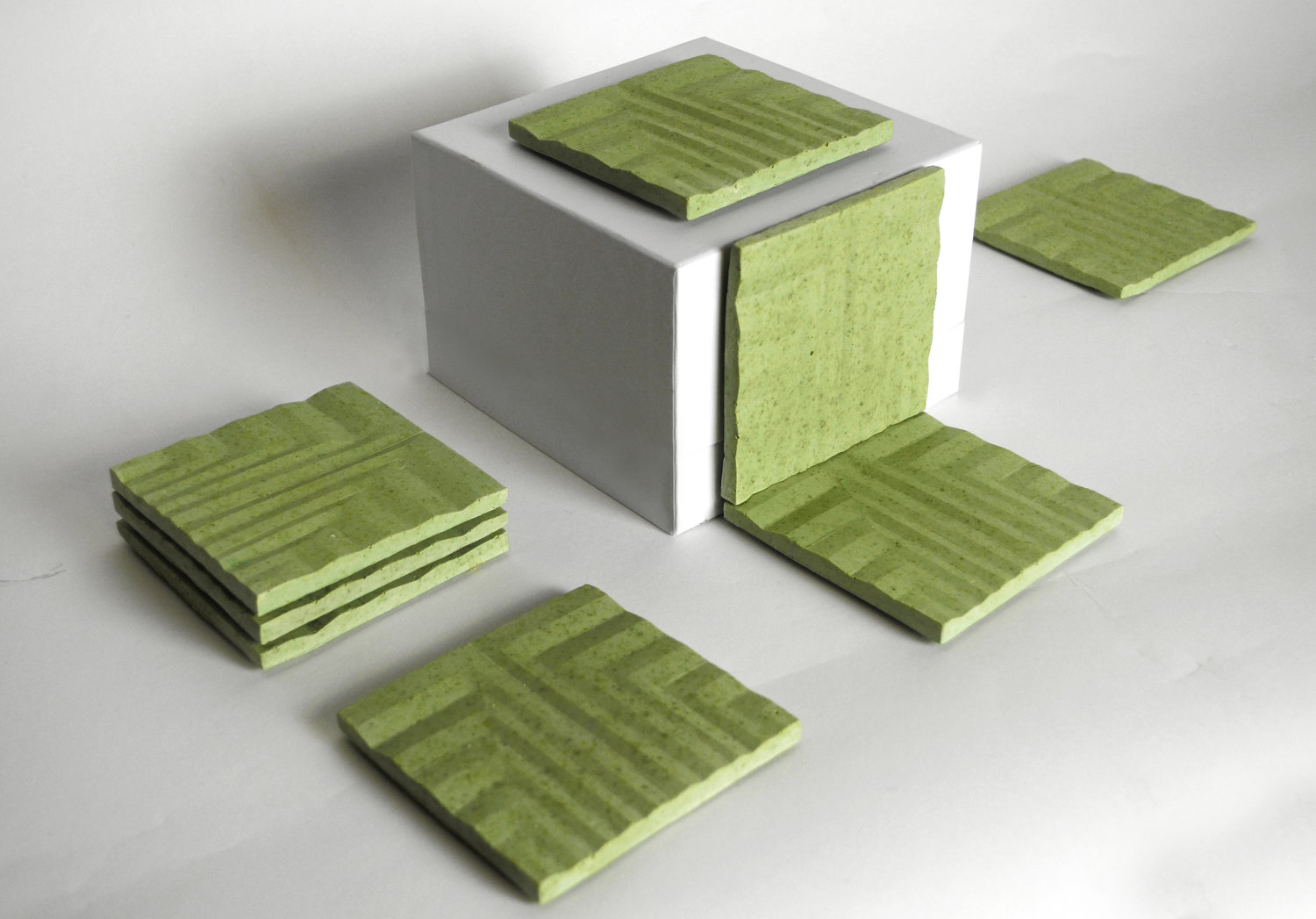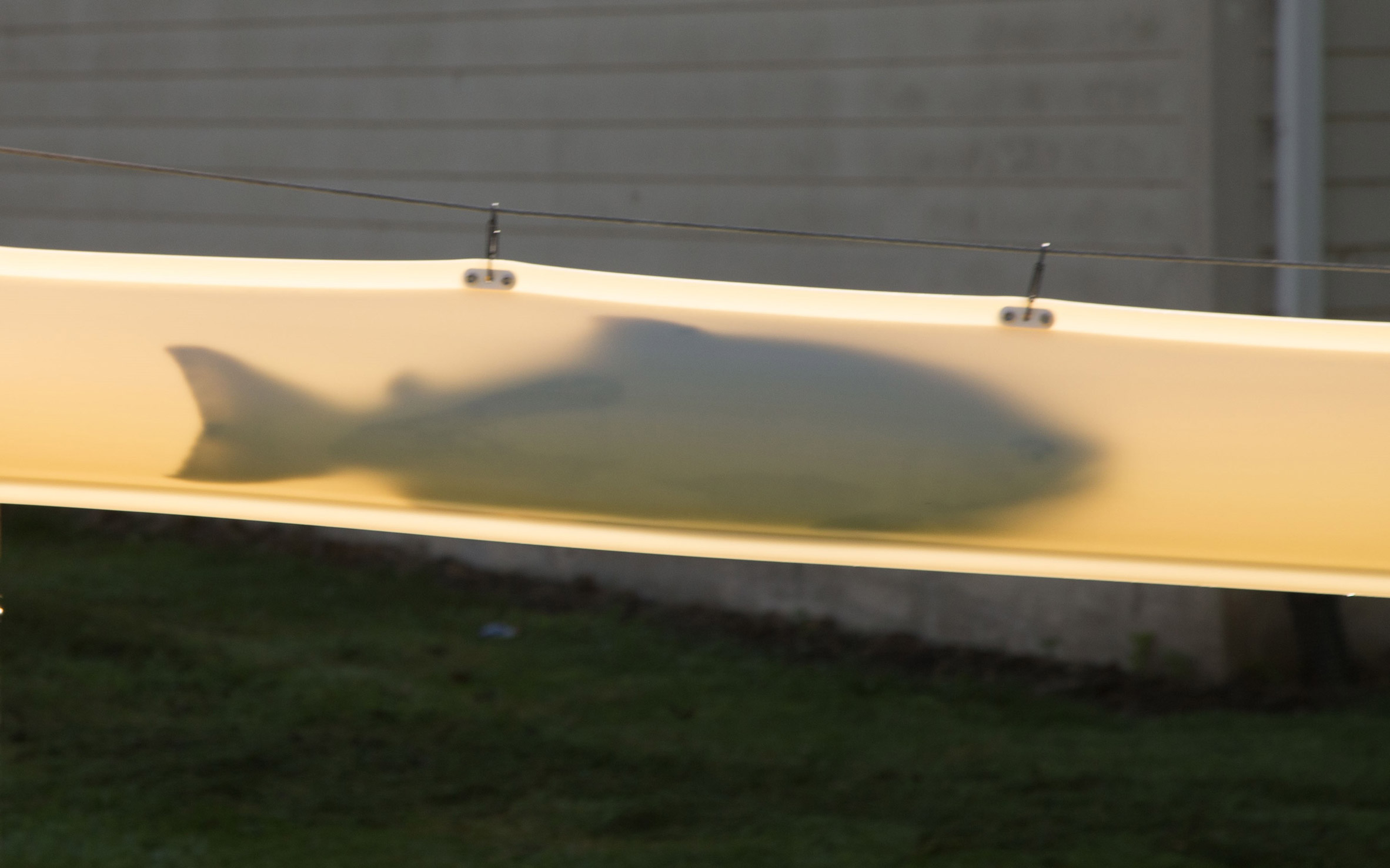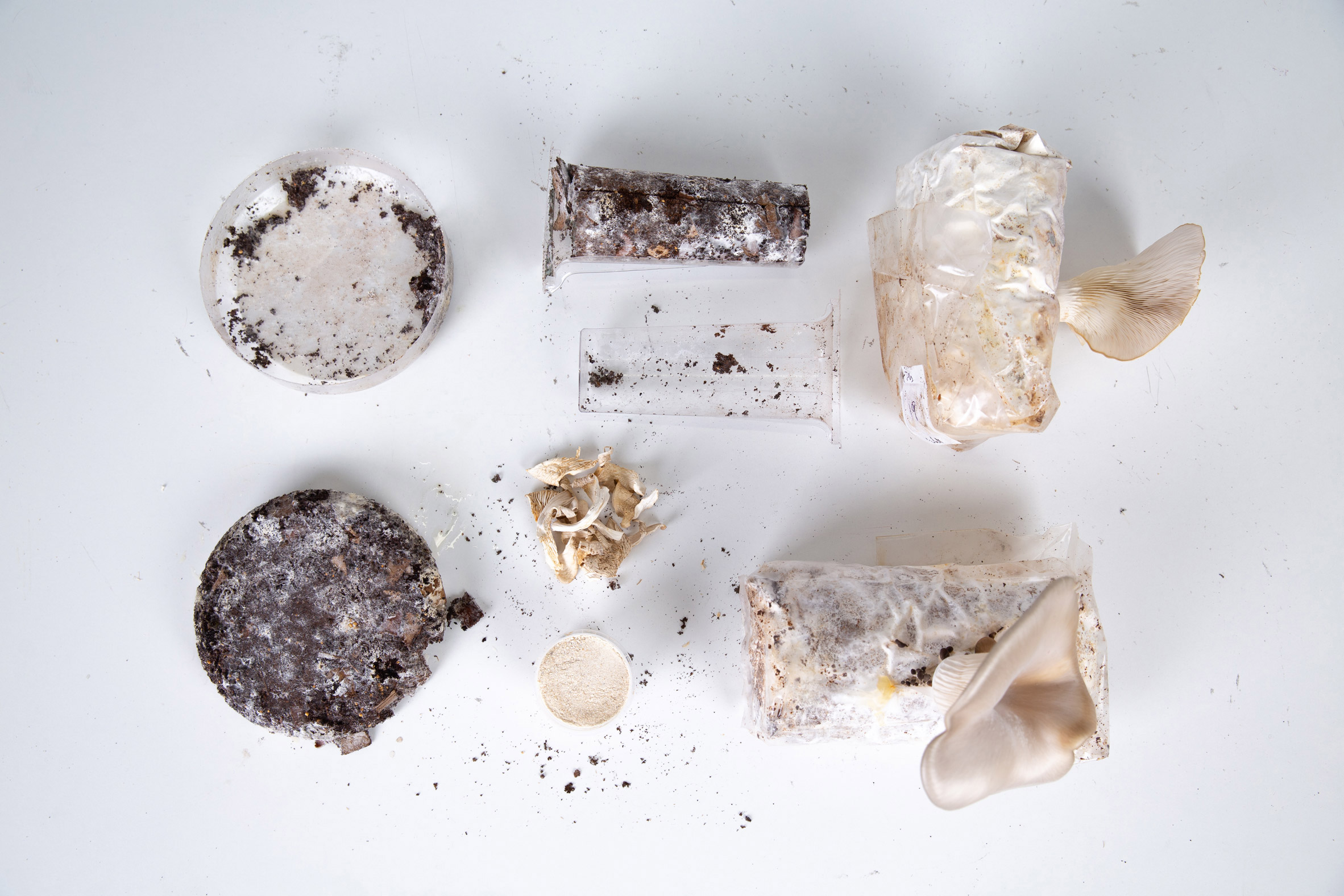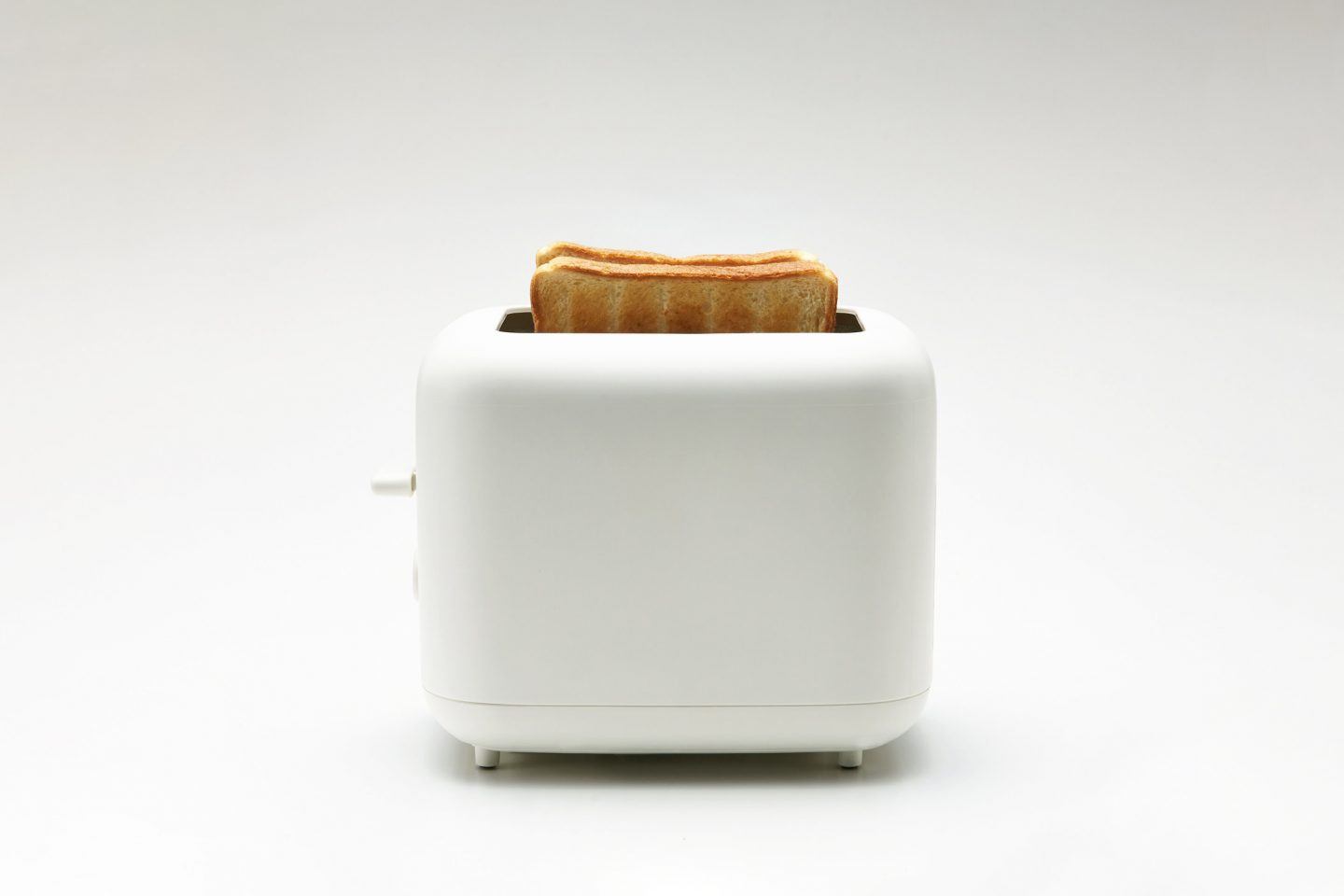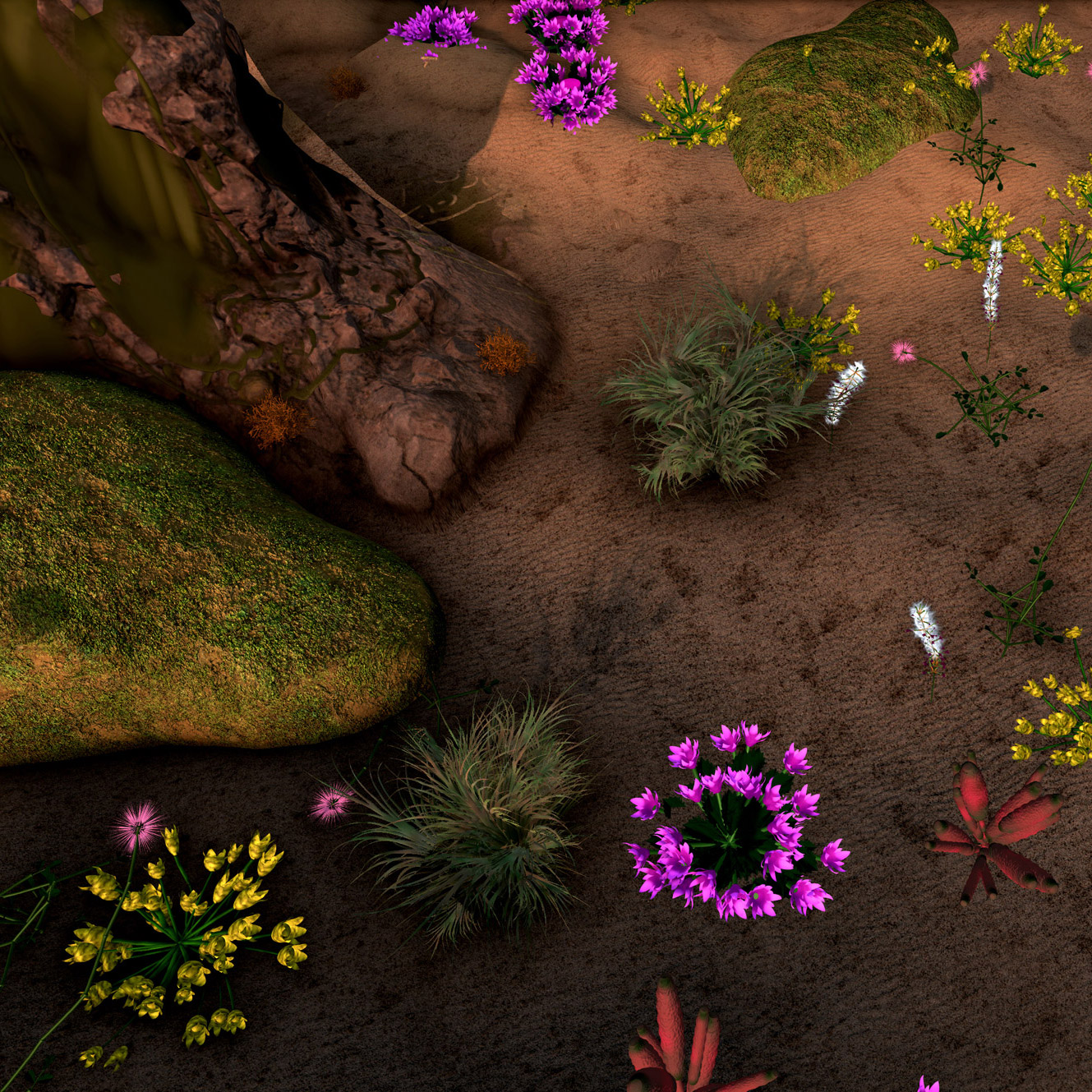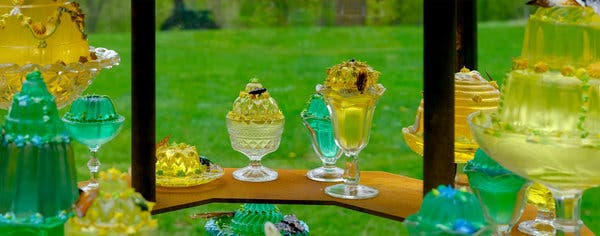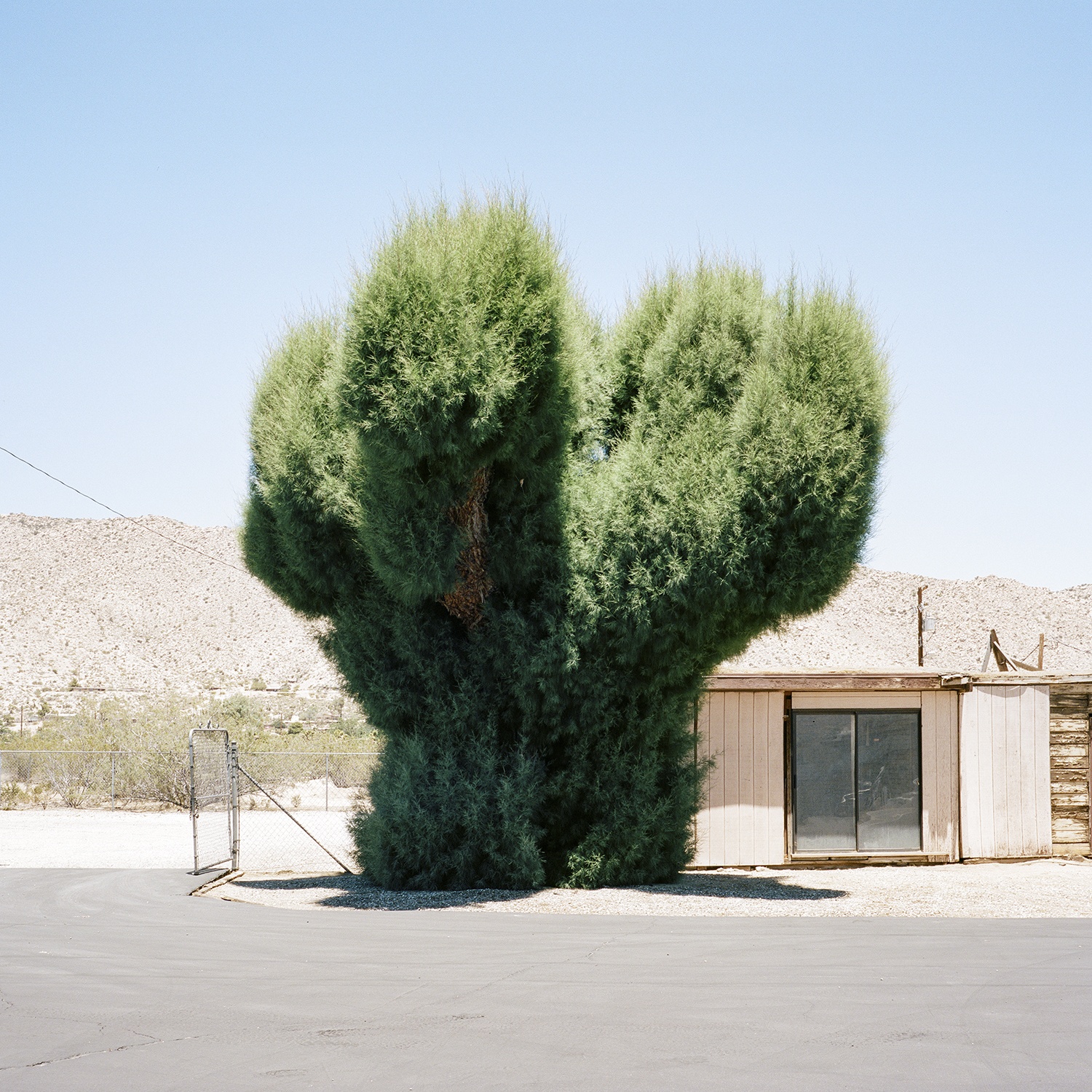Our weekly serving of off-the-menu items—a few popular favorites from the week, as well as a few morsels that may have slipped your notice.
 Photo by Max Whittaker for The LA Times.
Photo by Max Whittaker for The LA Times.
Ancient Grains Arise in California
Although it makes up nearly 70% of the local diet in Ethiopia, the ancient African grain teff is almost unknown in the US. This light brown seed is grown from a type of ‘bunch grass,’ and contains three times more iron and twice as much fiber as traditional grains. As rising temperatures threaten Californian farmers’ ability to cultivate their crops, some people may turn to the hardier teff as a possible grain substitute.
 Shellworks’ bioplastics are made from chitin, a naturally occurring biopolymer.
Shellworks’ bioplastics are made from chitin, a naturally occurring biopolymer.
Bioplastic Fantastic – Or Not?
Bioplastic has grown in popularity as a packaging material over the past few years, leaving the impression that it’s better for the environment when compared with traditional plastic. But what really are bioplastics? And do they have petroleum-based plastic in them? Core77 gives the low down on the false facts about bioplastics, and whether they truly are the answer to our plastic problems.
 Photo courtesy of Perfect Day.
Photo courtesy of Perfect Day.
Almond and oat milk might be popular (and delicious) but their nutritional value can’t compete with real cow’s milk. And while plant-based milks might pair well with coffee, vegan cheese is usually a poor substitute for the real thing. Similar to the way Impossible Foods and Beyond Meat make burgers, some scientists are using microbes to grow the essential proteins of dairy, casein and whey, without the cow.
 Image sourced from OliverMH/Blendswap (trashcan mesh), janispritzkau/Blendswap (apple), MostafaHassan/Blendswap (banana).
Image sourced from OliverMH/Blendswap (trashcan mesh), janispritzkau/Blendswap (apple), MostafaHassan/Blendswap (banana).
A Design Problem Worth Billions
No matter how hard we try, some foods in our fridge go bad before we eat them, forcing us to throw them out. But a major culprit in food waste is the expiration date – unclear labels, a lack of standardization and misleading data often produce inaccurate “best-by” dates. If designers and scientists can find a solution to this big contributor to food waste, consumers and producers alike could save billions of dollars (not to mention the positive effects on the environment).
 Image courtesy of Granger Wootz, Getty Images and Tetra Images RF.
Image courtesy of Granger Wootz, Getty Images and Tetra Images RF.
The Evolution of Doing Business While Dining
With a little help from a few historians, NPR outlines the way humans have historically merged midday meals with their work schedules. All the way from eating in the very first fields, to the modern-day coffee shop lunches of freelancers, work and dining are intimately intertwined.
